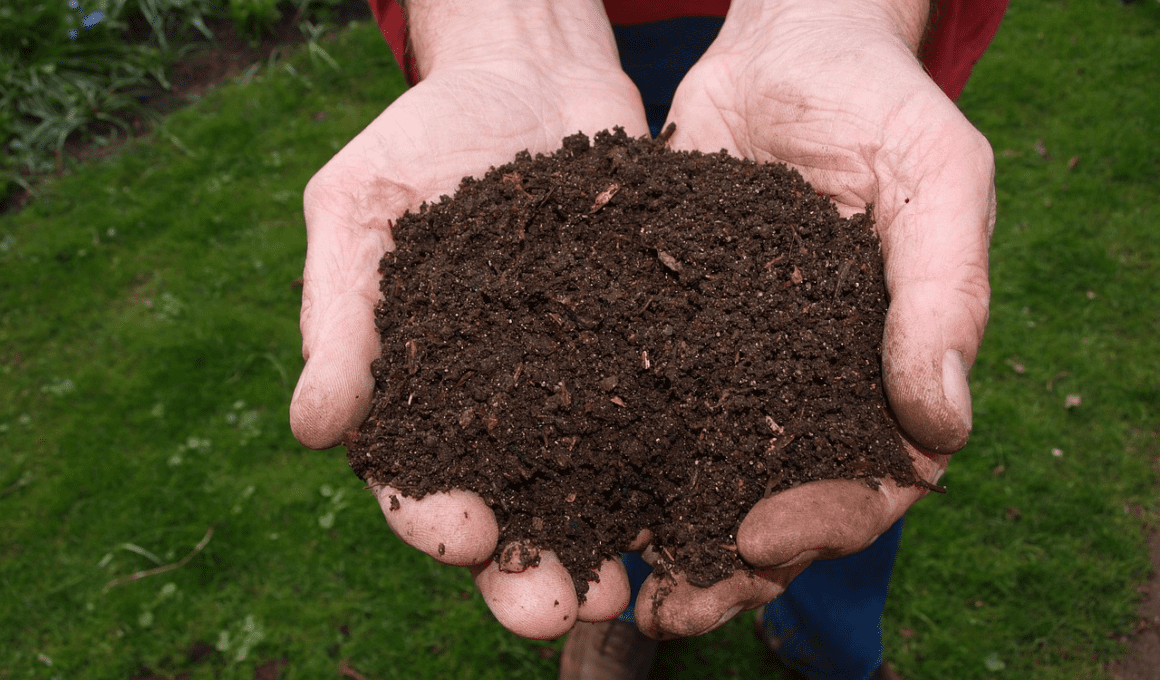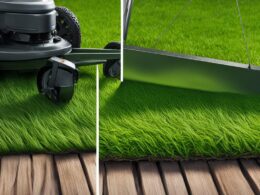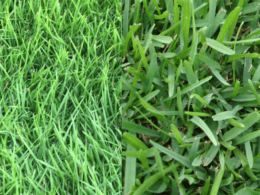Are you interested in composting but feel overwhelmed by the process? Don’t worry, composting is an art that takes time and practice to master. One crucial aspect of composting is knowing when to turn and stop the compost pile.
Turning the compost helps distribute moisture, aerate the material, and rev up the heat, but turning it too often can slow down the processing of the materials.
In this article, you will learn the basics of composting, including when to turn and stop your compost pile. We will provide you with a guide to the art of composting, including the tools you need to turn your pile, how often to turn it, and the factors that determine when to stop.
By following our simple steps, you will be able to create nutrient-rich compost for your garden and reduce your household waste while feeling confident and safe in the process.
Quick Takeaways
- Turning compost is essential to aerate the material, distribute moisture, and rev up the heat for decomposition, but it should not be done too often as it can slow down the process.
- The frequency of turning compost depends on various factors like composting system, temperature, ingredient mix, and processing time, but a rule of thumb is to turn it every 10-14 days.
- Compost thermometers are helpful in determining when to turn compost, and the best time to do so is when the internal temperature drops below 100°F (37°C).
- After the compost is broken down and has a desirable texture, it should be left to cool down for 2-3 weeks before using it in the garden, and during this time, it should be turned every 3-4 days until it is mature.
Composting Basics
Now that you’ve got a good mix of ingredients for your compost pile, let’s go over the basics of composting.
Composting is the process of breaking down organic matter into nutrient-rich soil that you can use to nourish your garden. To start composting, you’ll need to create a pile of organic matter that includes both ‘brown’ materials, like dead leaves, and ‘green’ materials, like kitchen scraps. The ideal ratio is 3:1 or 2:1 brown to green.
Once your compost pile is set up, you’ll need to turn it periodically to aerate the material, distribute moisture, and bring fresh ‘food’ to hungry microbes. Turning compost too much can slow down the process, so it’s important to find the right balance.
You’ll also need to leave the compost to rest between turning to allow the fungi and microbes to work their magic. With a little patience and practice, you’ll soon be turning out nutrient-rich compost that will help your garden thrive.
When to Turn
To determine the best time for you to aerate your compost pile, you’ll need to consider several factors. Firstly, the temperature of your compost is crucial as turning it at the right time can help maintain the ideal temperature range for the microbes to break down the materials. A general rule of thumb is to turn the pile when the internal temperature drops below 100°F (37°C).
Additionally, the moisture level should be monitored as compost that is too dry or too wet can hinder the decomposition process. You’ll want to turn your pile if it’s too wet or compacted, as this can create anaerobic conditions which produce unpleasant smells.
The length of time your compost has been processing is also a key consideration. A compost pile that has been processing for a longer time may not need to be turned as frequently as a newer pile. You’ll want to turn the pile more often during the most active phase of the processing, and less as it ages.
Lastly, it’s important to consider your own goals and time frame for the composting process. If you’re looking to get compost quickly, you’ll want to turn the pile more frequently. However, if you have more time, you can let the pile break down without turning it and still achieve good results.
By considering these factors, you’ll be able to determine the best time to turn your compost pile and create a nutrient-rich soil amendment for your garden.
Tools for Turning
If you want to turn your compost pile efficiently, you’ll need to have the proper tools at hand. A garden fork is the most basic tool you’ll need to turn your compost pile. It’s the perfect instrument for grabbing and flipping large chunks of material.
This method works best for large compost piles that are not contained within a bin or tumbler. However, if you’re using a compost bin or tumbler, turning the contents can be a bit more difficult. In this case, a compost aerating or turning tool is a great solution.
These tools allow you to easily aerate and turn the compost without having to remove it from the container. Using the right tools will make turning your compost a breeze and help you create nutrient-rich compost for your garden.
Final Steps
Once the compost has cooled down and matured, you can spread it onto your garden beds and enjoy the benefits of nutrient-rich soil. Before you do, make sure to remove any large pieces of material that haven’t fully broken down yet. You can use a garden sieve or your hands to do this.
Then, spread the compost onto your garden beds in a thin layer, about one to two inches thick. After you’ve spread the compost, gently rake it into the soil or let the rain do the work for you. It’s important not to disturb the soil too much, as this can disrupt the delicate balance of microorganisms that help plants grow.
Once the compost is mixed into the soil, water it well and watch your plants thrive. Composting may seem like a lot of work, but the benefits to your garden and the environment make it well worth the effort.
Frequently Asked Questions
What are some common mistakes to avoid when composting?
Avoid common composting mistakes by not adding meat, dairy, or oily foods, and maintaining a 2:1 brown to green ratio. Don’t turn too often or too little, and let the compost rest between turnings.
Can you compost meat and dairy products?
No, do not compost meat and dairy products. They attract pests and can lead to unpleasant odors. Stick to composting plant-based materials and avoid any animal products to ensure a safe and successful composting process.
How can you speed up the composting process?
You can speed up the composting process by shredding materials into small pieces, adding nitrogen-rich materials like grass clippings, keeping the pile moist but not too wet, and turning it regularly. This will help create nutrient-rich compost for your garden.
What are some alternative composting methods?
Want to try something different than traditional composting? Consider vermicomposting with worms or bokashi composting with fermented food waste. Both methods are easy, low-maintenance, and produce nutrient-rich compost for your plants.
How can you troubleshoot common problems with your compost pile?
If your compost pile has a foul odor or is attracting pests, it may be too wet or have too much green material. If it’s not breaking down, it may need more moisture or air. Troubleshoot by adjusting the ratio of ingredients and turning more or less often.
Conclusion
Congratulations on mastering the art of composting! By now, you should know the basics of composting and when to turn the pile.
Remember, turning too often can slow down the process. However, if you notice the pile is not heating up, it may be time to turn it to add oxygen and heat.
To turn the pile, you can use a variety of tools such as a pitchfork or compost turner. Don’t forget to add water if the pile is dry and mix in any new materials.
Finally, when the compost has turned into dark, crumbly soil, it’s time to stop turning and start using it in your garden.
Happy composting!









